Happy Lesbian Visibility Week to all my fellow lesbians! This year we are celebrating by bringing awareness to lesbian issues from April 22nd to April 26th. In order to do that, we’ll be posting an article every day this week about different subjects in the theme.
First and foremost, I should introduce myself – I’m Vonnie, co-writer and photographer of All Too Creative. That’s one part of my identity. I am also a lesbian, an aspect that tends to be overlooked because of the stigma surrounding the identity and word. It took me eight years to figure out I was a lesbian. That is in equal parts because of my environment and the way lesbians were viewed and represented in society, as well as the media.
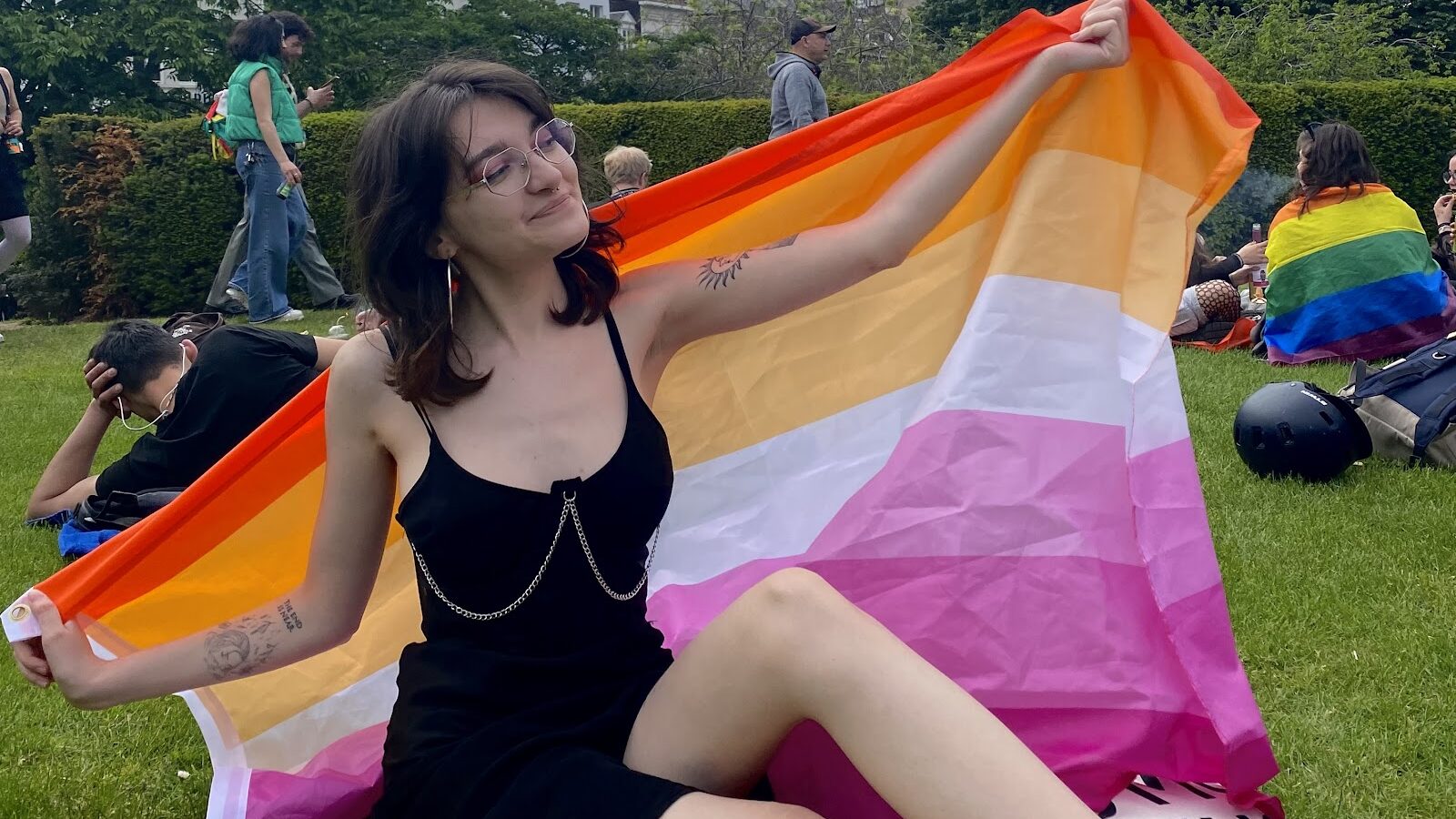
What is being a Lesbian?
Already when it comes to the definition, there is disagreement both within the community and outside of it. Each person has their own meaning of what it means to be a lesbian. If you look in the dictionary, you’ll probably find the definition is as simple as “female homosexual”. It is more complex than that. Due to the evolution of gender theory and awareness surrounding the binary, it goes beyond the “woman who is attracted to another woman”.
In my definition, non-binary people are included, because non-binary people (as the name indicates) are not part of the binary (or, a third gender, like people assume). Therefore they fit in every sexuality. That includes lesbianism. Whether your assigned gender at birth is woman or man, if you’re non-binary or trans – you can identify as such. If you’re a woman, you can be a lesbian and be attracted to women and non-binary people. Or you can just be attracted to women, one definition doesn’t discard the other. It’s only a matter of perspective.
Being a Lesbian in Time
If you read a little about lesbians in the past, you’ll find out a lot of them might’ve been non-binary, but because of the lack of words in the past, they couldn’t have possibly identified as such. Lesbianism and gender intertwine, no matter whether you identify as a woman, or a non-binary person.
However, when it comes to gender-identity, it’s not the only type of erasure. Lesbians, in general, were invisible to society. While there was a lot of focus on criminalising male homosexuality, female homosexuals were cast to the side under the guise of not existing. In England, although the politicians were aware of our existence, they refused to acknowledge lesbianism because they didn’t want “decent” women (such as their wives and daughters) to get ideas. Essentially, they believed we were too stupid to figure out lesbian sex on our own.
In the USA, while there was a significant fight for the rights of queer people, the focus was on gay men. Which is fair enough, given the country’s horrible treatment of gay men during the AIDS crisis. However, lesbians’ involvement in the fight is still unknown to most people. Lesbian nurses were the ones that took care of gay men, which is why the LGBTQ+ community starts with the letter L. It is an homage to the help lesbians provided for our gay men counterparts.
Although it has gotten better today, there is still so much stigma around lesbianism. We will get into the history of the word, but this is all to say that a huge part of our history is being invisible. That is why we have lesbian visibility week.
Origins of the Word “Lesbian”
The first lesbian, and the first writer of all time, is Sappho. Sappho was a Greek poetess who lived on the island of Lesbos, in the city of Mytilene where she founded a school for young women. She wrote many poems about her love affairs with fellow sapphics, many of which we only have pieces of nowadays due to the loss and destruction of the papyrus fragments Sappho wrote on. A lot of the destruction was deliberate. The men who were in charge wanted to either erase or change the history of Sappho, because the poems were too “indecent” or too “explicit” in her love towards women.
We have had many names in the past — inverts, dykes, etc. — each term more derogatory than the other. The reason using the word “lesbian” nowadays is important is because lesbian used to be treated as a slur too. Despite originating from an innocent source, the island of Lesbos where Sappho lived, society still taints the connotation. Between using the word as an insult and in the context of the sexualisation of lesbians, you can understand why a lot of us have a tough time coming to terms with even saying the word out loud in relation to our identity. No matter what history has inculcated into us, “lesbian” isn’t a dirty word. It captures the beauty of our origins, taking us as far back as Ancient Greece. It also captures the fight of a lifetime to be respected in broad daylight.

Why You Should Be Proud of Your Lesbian Identity
Although it’s understandable why you’d feel ashamed of being a lesbian and having a difficult time identifying as such, there are many people throughout time who have lived in hostile conditions too — yet still lived their truth. It is on us to continue their legacy and redefine what being a lesbian means.
Anne Lister (1791-1840)
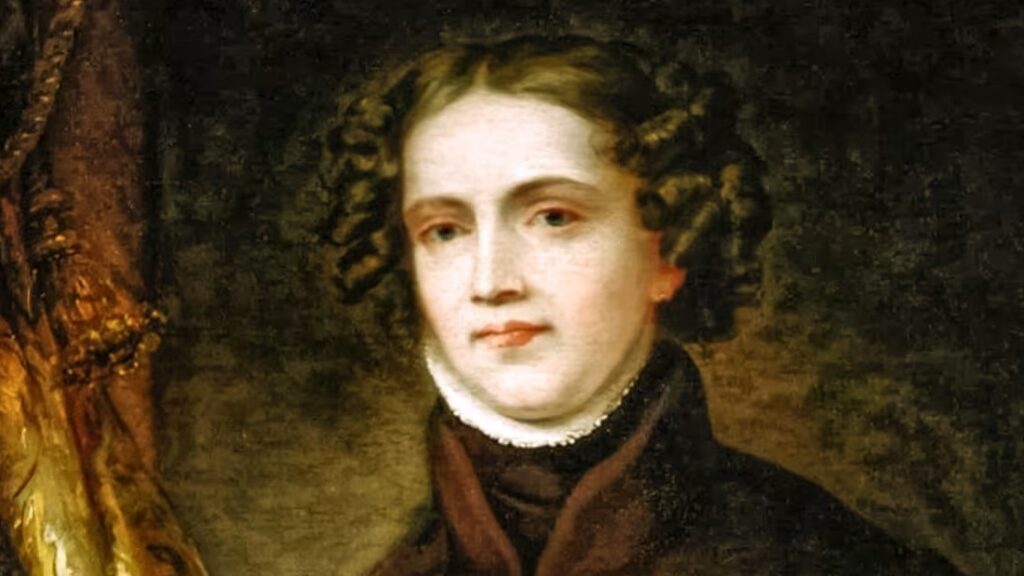
Anne Lister is the first modern Lesbian. She was born in Northern England, and was unashamedly queer. An educated businesswoman who had many relations with women, Anne Lister earned the nickname “Gentleman Jack”. Although this was once a slur, the TV show by the same name produced by BBC and HBO reclaimed the term. Anne married her neighbour, Ann Walker, the wedding being considered the first lesbian wedding in Britain, despite having no legal recognition at the time.
Dr. Margret ‘Mom’ Chung (1889-1959)

Dr. ‘Mom’ Chung is the first Chinese-American woman to have her licence as a physician. She attracted a wide lesbian clientele and women who were in search of birth control at the time. Although she never referred to herself as a lesbian, there were numerous rumours that Dr. Chung herself had relations with women. She received the nickname ‘Mom’ due to sending care packages to U.S. soldiers in the 1930s and 1940s, and hosting them at her house in San Francisco.
Gluck (1895-1978)

Gluck was a British painter born to a wealthy family, which allowed her the privilege of being herself. She dressed in a very masculine way, with her hair cut short, and is known to have dated several women. One of those relationships was with playwright Nesta Obermer, who she referred to as “my own darling wife”. Gluck painted a portrait of the two of them, which would then become the cover of “The Well of Loneliness” (1928) by Radclyffe Hall, the first English-language lesbian novel to be published.
Gladys Bentley (1907-1960)

Gladys Bentley was a singer, piano player and entertainer of the 1920s and 1930s Harlem Renaissance. Her signature look was a top hat, paired with a white tailored suit. Instead of hiding her sexuality, she celebrated it by flirting with women in the audience and not shying away from masculinity in her stage performances. She is one of the most prominent Black performers in history.
Barbara Gittings (1932-2007)

Barbara Gittings is the “mother of the LGBTQ civil rights movement”. Her activism began ten years before the first brick was thrown at Stonewall. Barbara founded Daughters of Bilitis in New York, a society started by Rosalie ‘Rose’ Bamberger which allowed lesbians to meet and connect. The movement became the first lesbian rights group in the US, though Rose left for her safety after six months. Barbara Gittings founded the group in New York, and was also the editor of the lesbian publication called “The Ladder”. Her legacy lives on through her involvement with many lesbian rights advancements, such as declassifying homosexuality as a mental illness.
In conclusion
These are only a few of the lesbians that have preceded our steps, there are many more to find. Because despite what we’ve been told, lesbians have been here since the beginning of time. It is on us to continue their legacy and redefine what being a lesbian means to best represent our reality.
Why not check out this list of queer TV shows to binge?
Sources:
NBC News, 2023, NBC News 10 Trailblazing Queer Women to Celebrate, accessed April 21st 2024, <10 trailblazing queer women to celebrate (nbcnews.com)>.


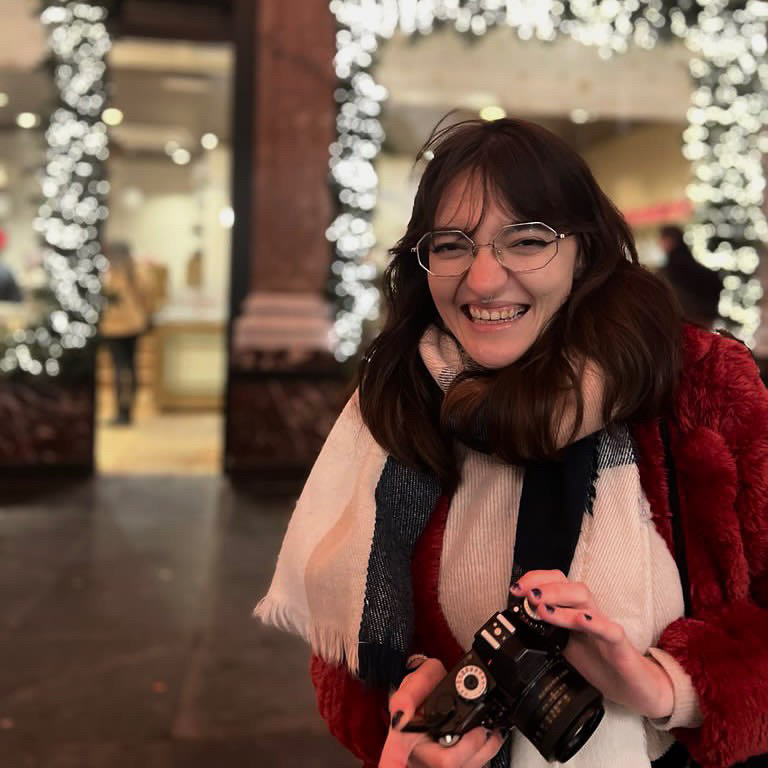
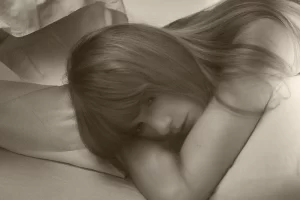
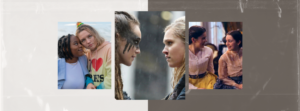
2 thoughts on “Lesbian Visibility Week – The Importance of the Word “Lesbian””
Comments are closed.